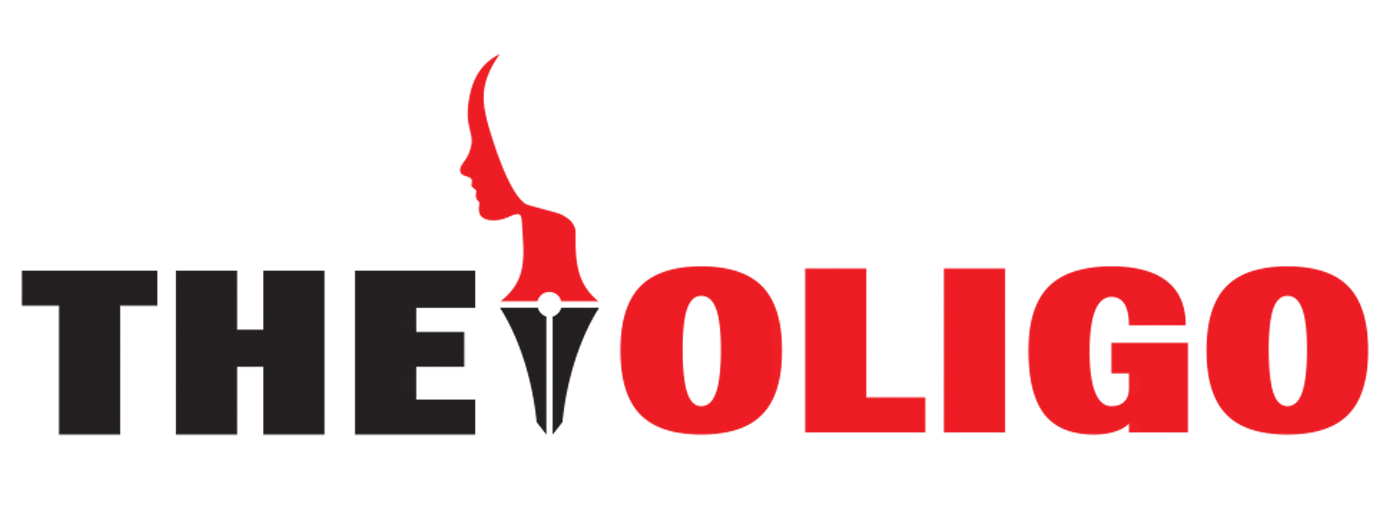India’s Crude Oil Import Price Falls Below $70 for First Time Since 2021, Raising Hopes of Fuel Price Cut
India’s average crude oil import price has fallen below $70 per barrel for the first time since August 2021, marking a significant drop that could positively impact fuel prices and the country’s economic stability. As of April 12, 2025, the average crude import cost stood at $69.39 per barrel—a sharp decline of more than 22% from $89.44 in April last year. This drop comes even as global benchmark Brent crude briefly opened below $65 per barrel on Monday, signaling a broader trend of weakening oil prices amid slowing global growth and rising fears of a trade war.
India, which imports over 87% of its crude oil requirements, stands to benefit significantly from this price dip. Crude oil forms about 90% of the total input cost in the refining process. With such a heavy reliance on imports, lower crude prices help ease inflationary pressures, support the fiscal deficit, and strengthen macroeconomic fundamentals.
According to a Reuters report, Goldman Sachs now expects Brent crude to average around $63 for the remainder of 2025. Adding to the bearish outlook, the Organisation of Petroleum Exporting Countries (OPEC) has revised its global oil demand growth forecast downward by approximately 100,000 barrels per day for 2025 and 2026, citing slowing global economic activity.
The Indian government has been swift in leveraging this price decline. On April 7, Petroleum Minister Hardeep Puri highlighted that oil marketing companies (OMCs) are currently operating with a 45-day inventory purchased at around $75 per barrel. He added that companies will likely gain more flexibility to reduce petrol and diesel prices as their inventory cost aligns with the new range of $60 to $65 per barrel.
In response to the falling prices, the government raised excise duty on petrol and diesel by ₹2 per litre effective March 8, 2025, aiming to offset subsidies on cooking gas cylinders. The move is expected to yield a windfall gain of approximately ₹32,000 crore to the exchequer. However, despite the lower import costs, retail fuel prices have not been adjusted downward accordingly.
While the base price of petrol was reduced by ₹2—from ₹54.84 to ₹52.84 per litre—on April 8, the excise duty was simultaneously increased from ₹19.90 to ₹21.90 per litre. As a result, the pump price of petrol in Delhi remains unchanged at ₹94.77 per litre. Similarly, the base price of diesel was reduced from ₹55.76 to ₹53.76 per litre, but the excise duty was raised from ₹15.80 to ₹17.80 per litre, keeping the pump price static at ₹87.67 per litre.
Experts highlight that even after accounting for the rupee-dollar exchange rate, OMCs are currently enjoying a margin of ₹10 to ₹12 per litre on petrol and diesel. Yet, retail prices have not been revised in line with international benchmarks. The last price cut at the pumps happened over a year ago, on March 15, 2024, when prices were reduced by ₹2 per litre ahead of the general elections.
As global oil prices continue to trend lower, the spotlight is now on the government and public sector oil companies. Consumers and analysts alike are hopeful that sustained low import costs will eventually translate into tangible relief at the fuel pumps in the form of reduced petrol and diesel prices.
For video news, visit our YouTube channel THE OLIGO.

